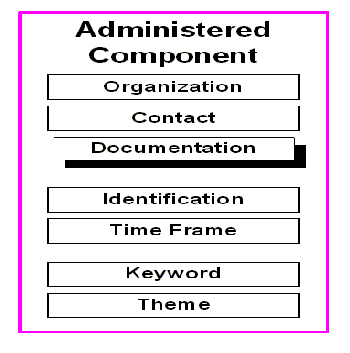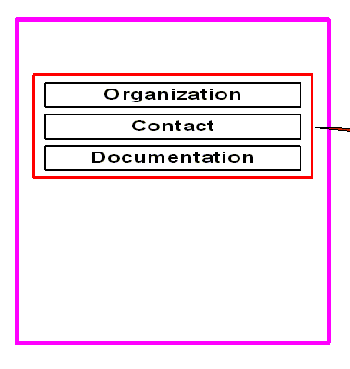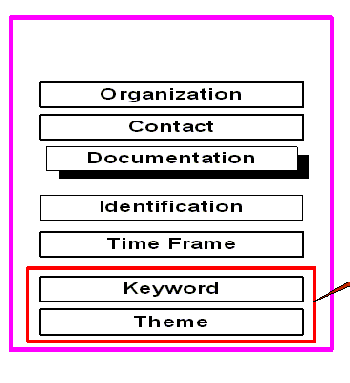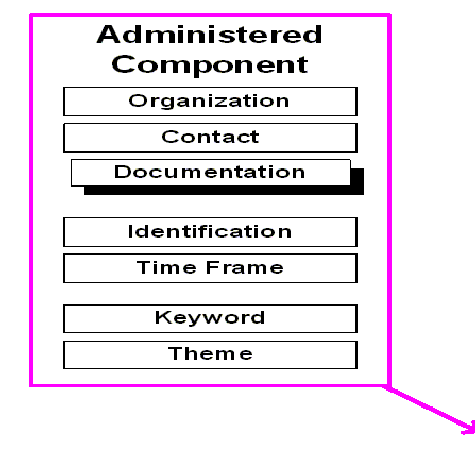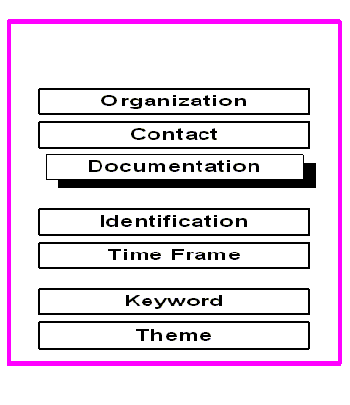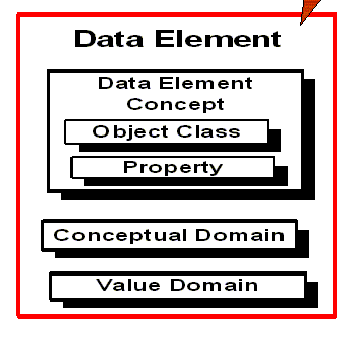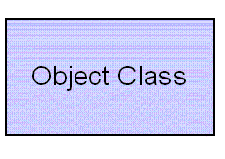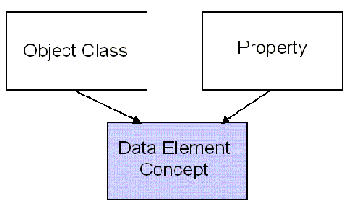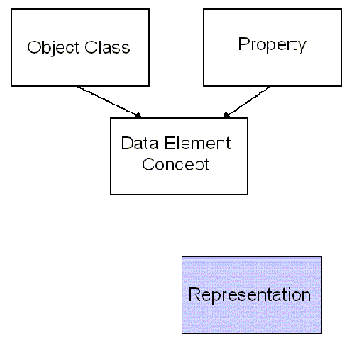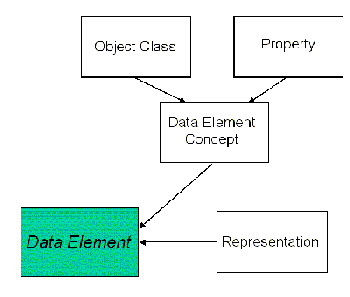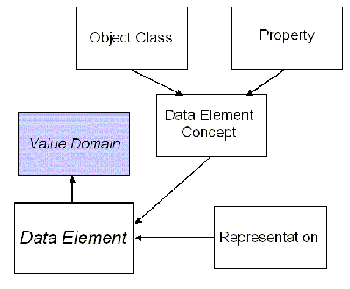|
About The Forum
Program
Speakers
Registration
Hotel and Travel
Contact Us
Sponsorship Opportunities
Sponsors
Webcast
Committee
Presentation Abstracts
Speaker Biographies
2005 Forum
|
|
Canadian <Metadata> Forum
Metadata at Statistics Canada
Paul Johanis
Statistics Canada
| ©
Statistics Canada. Reproduced with the permission of Paul Johanis. |
Also available in [PDF 202 KB] (slides) and [PDF 60 KB] (with comments).
Corporate metadata at Statistics Canada
Integrated Metadatabase (IMDB)
-
Collection of facts about each of Statistics Canada's 400+ surveys
-
Aimed at helping human users interpret statistical data
-
Survey description
-
Methodology
-
Concepts and variables measured
-
Data quality
Project status
-
Data base implemented in November 2000
-
covers survey description, methodology and data quality
-
Published on STC website, with daily updates
-
Extensive efforts in improving metadata quality
What is the IMDB based on?
ISO 11179 Specification and Standardization of Data Elements
-
Framework for specification and standardization
-
Classification
-
Basic attributes
-
Rules and guidelines for formulation of definitions
-
Naming and identification
-
Registration
... What is the IMDB based on?
-
Model for the Corporate Metadata Repository (CMR) of US
Census Bureau by Dan Gilman
-
Earlier work by Bo Sundgren of Statistics Sweden
Administered Component - 1
-
Any item that is defined and may be reused or shared
-
Any item requiring registration
Administered Component - 2
Stewardship Region
Administration aspect of the component
Identification Region
Naming and identification
Classification Region
Management of classification schemes
ISO 11179
Data Element Administration Region
-
definition
-
representation
-
permissible values
Next Phase of IMDB
-
Extending the content of the IMDB database to include the
concepts, variables and classifications published for every STC
survey
-
Focus first on data published through CANSIM
Expected benefits
-
Most frequently cited "missing" metadata in recent market
research
-
Fulfill requirements of Policy on Informing Users of Data Quality and Methodology
Additions to STC website
-
For every survey, list of variables published, with hyperlinks to
definitions, classification used and source of on-line data (CANSIM,
Daily, Canadian Statistics table)
-
On Statistical Methods page, searchable list of all variables, with links to
definitions, classifications and source of on-line data
-
New hyperlinks in CANSIM to definitions stored in IMDB
Implications
-
To be stored in IMDB, information on variables must be
consistently structured
-
To be listed in web pages, variables must be meaningfully
named
-
To be most effectively searchable, variables must be consistently
named
Structure of information on variables in IMDB
-
Statistical unit + property + representation = Variable
-
Statistical unit is agent, event or item about which data are
produced
-
Property is characteristic of statistical unit being measured
-
Representation is form given to resulting data, e.g. Quantity,
Value, Type
Naming convention
All three elements used to create name of variable
-
Value of sales of establishment
-
Type of assets of establishment
-
Name of geographic location of person
-
Type of occupation of person
-
Value of GDP of economy
IMDB Phase III Data Element Model - Object Class
Object Class: A set of ideas, abstractions, or things in the real world that can be identified with explicit boundaries
and meaning whose properties and behavior follow the same rules.
-
At STC = statistical unit.
-
Can be an agent, event or item.
Macro Statistical Units
-
In order to comprehensively cover the data and information
published by Statistics Canada, different views are
accommodated within the framework.
-
Four Macro Statistical Units were chosen to provide four
different views within the framework.
The four views
-
The Macro Statistical Units are:
-
People
-
Economy
-
Environment
-
The State
-
The four views divide the framework into four different sections
Fundamental Statistical Units: Definition
-
Fundamental Statistical Units are defined as those that are not
types of any other unit and can not be derived as grouping of any
other unit.
-
Fundamental Statistical Units keep the model simple and robust
by limiting and organising the number of Statistical Units.
Fundamental Statistical Unit: Types
-
Agents: Statistical Units that operate and whose operations are reported on by
Statistics Canada.
-
Events: Statistical Units that represent the actions of (or by) Agents as reported by
Statistics Canada. Events are defined as occurrences that are discrete in time (occur in
time period) and finite (can be counted).
-
Items: Other Statistical Units reported on by Statistics Canada that are generally
created by Agents.
Commonly Used Derivations of Fundamental Statistical Units
-
Subclasses based on inherent characteristics
-
Roles
-
Aggregations
IMDB Phase III Data Element Model - Property
Property: A characteristic or attribute common to all members of an object class.
Occurrence is a special property for cases where the variable is simply a count (or measure) of the object class.
IMDB Phase III Data Element Model - Data Element Concept
Data Element Concept: A concept that can be represented in the form of a data element, described independently of any particular representation.
- amalgamation of the object class and the property.
IMDB Phase III Data Element Model - Representation
Representation: The representation describes how the data are represented
-
to represent a DEC logically a representation class must be added
-
ISO 11179 guidelines and examples for representation terms include Name, Type, Amount, Quantity, Number, Etc.
IMDB Phase III Data Element Model - Date Element
Date Element: A unit of data for which the definition, identification, representation, and permissible values are specified by means of a set of attributes.
-
The data element is a data element concept with a representation (object class + property +
representation).
-
At STC = variable
-
Our naming convention is the natural language form: representation of property of object class
Data elements in a statistical agency
-
Data most often presented in tabular form
-
Data elements are dimensions of statistical tables
-
Data element thus defined can have many value domains
-
Data element has one and only one value domain in the context
of a given data file = Data element - value domain - table map
IMDB Phase III Data Element Model - Value Domain
-
Set of permissible values and their associated meanings
-
AT STC = classification
-
Can have several value domains per DE
- Can be enumerated or non-enumerated
Value domains and classifications
-
Hierarchically related value domains structured as classifications
or taxonomies
-
Assign levels to value domains and parent-child relationships
between levels and between permissible values
Value Domain - Standard Classification
-
Goods
-
Services
-
Travel
-
Transportation
-
Commercial Services
-
Government Services
-
Investment Income
- Current Transfers
IMDB Phase III Data Element Model
IMDB Phase III Data Element Model
Next steps
-
Produce lists of variables and definitions from IMDB test
environment for review and discussion with subject-matter areas
-
Activate on STC Intranet for trial period
-
Roll-out into production
Conclusion
-
MDB is a significant corporate infrastructure for Information
Management
-
Comprehensiveness and quality are continuously improving,
with strong management support
-
Will provide an additional tool
|
